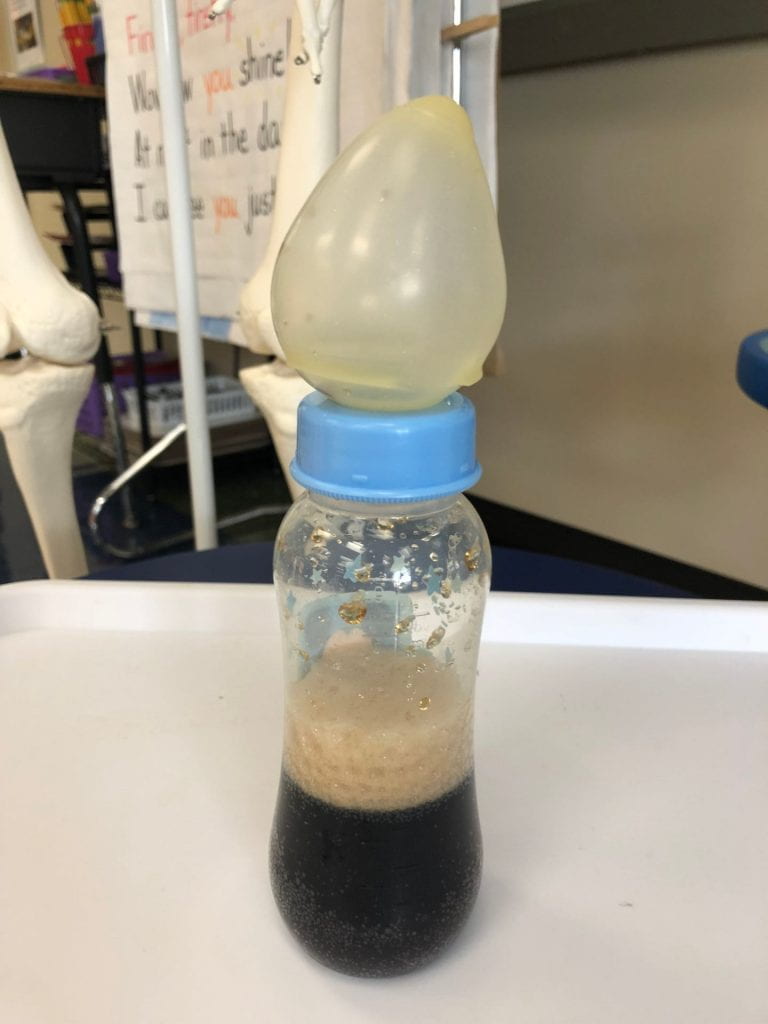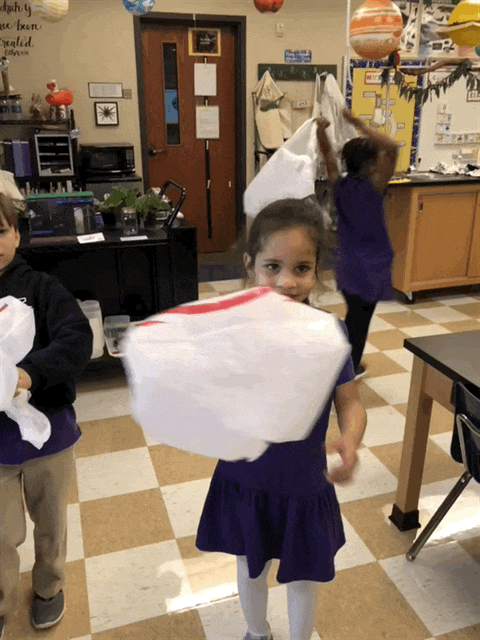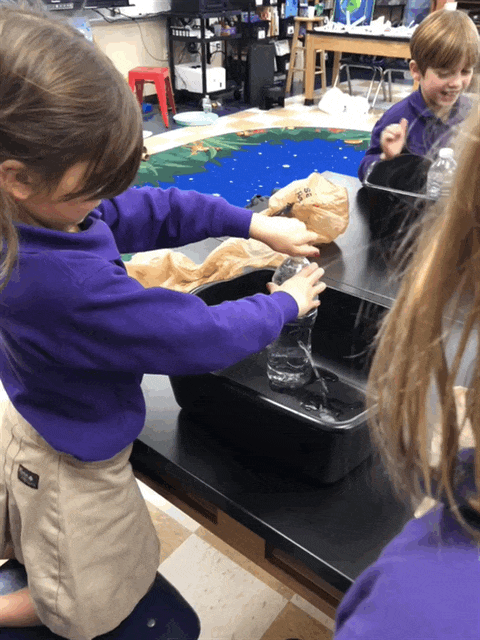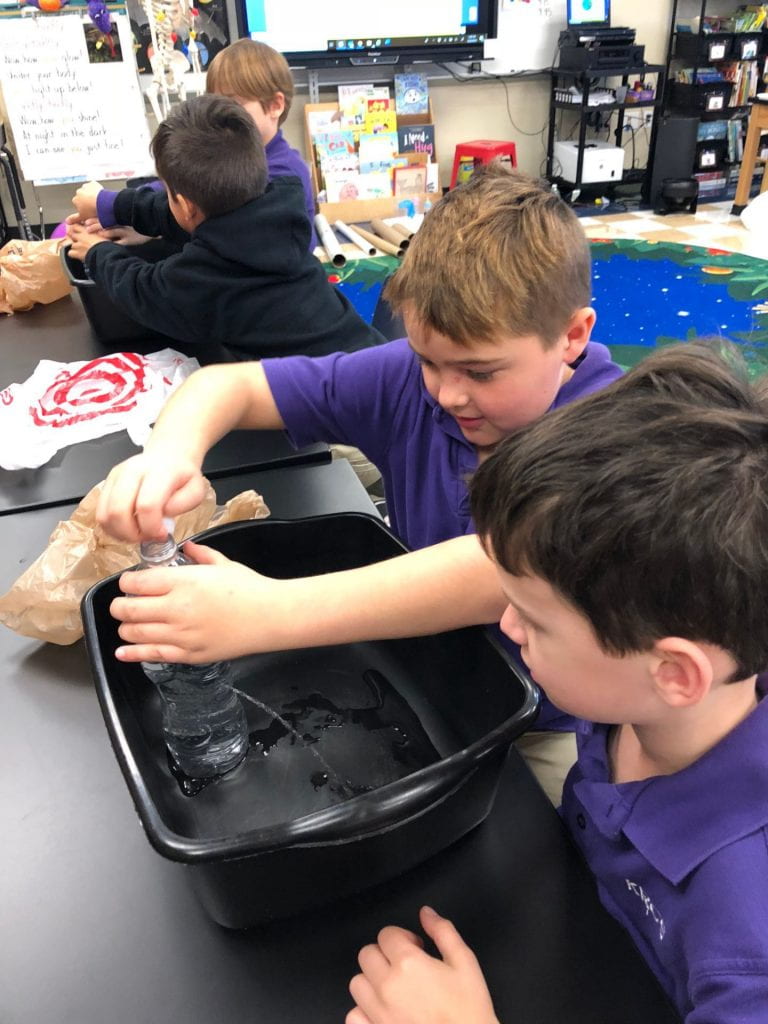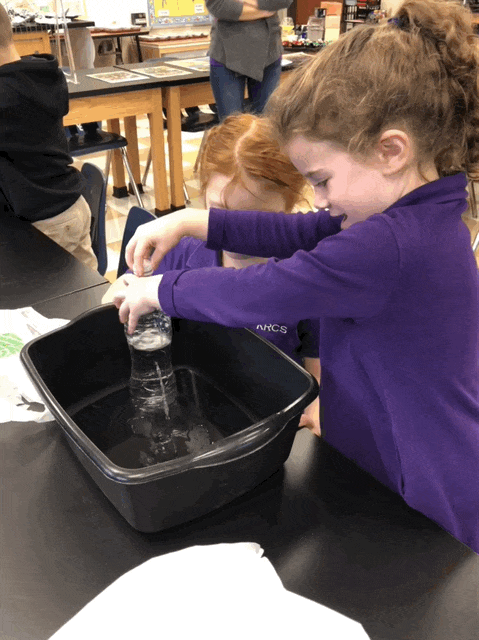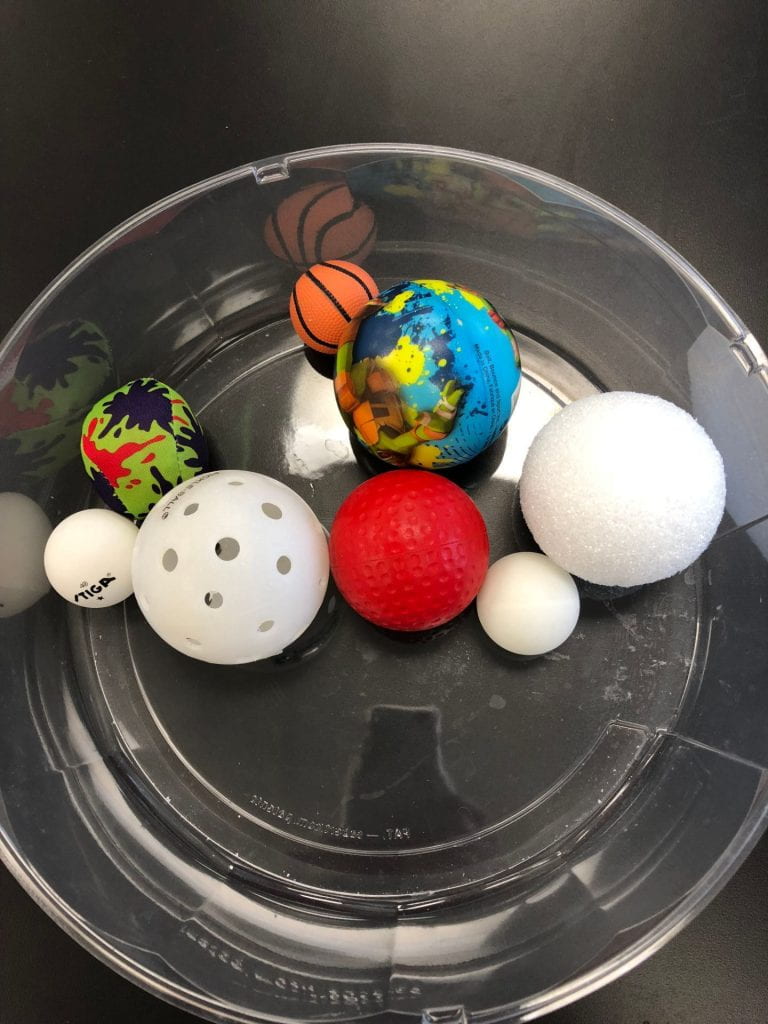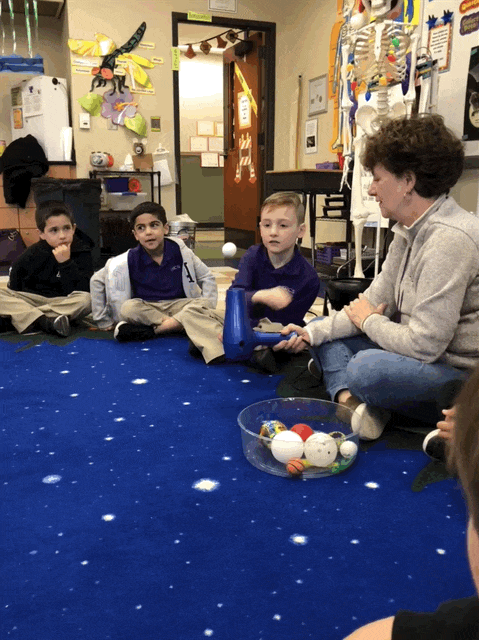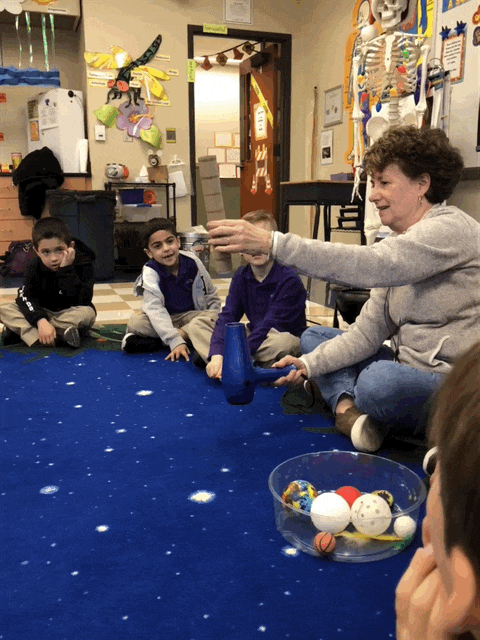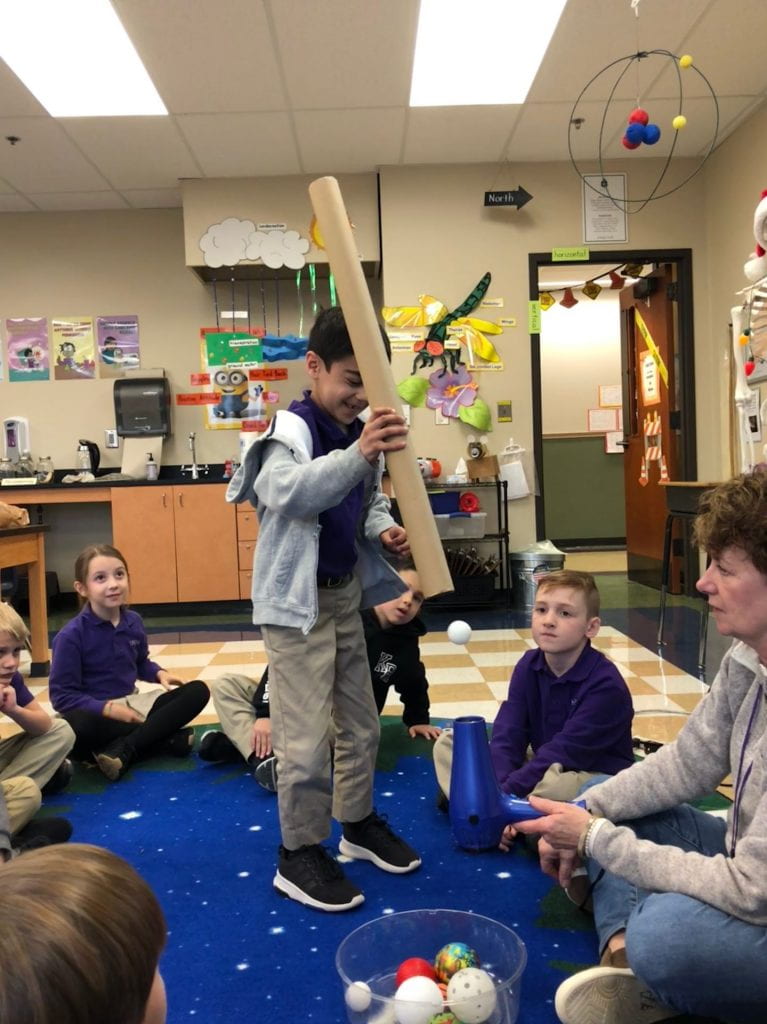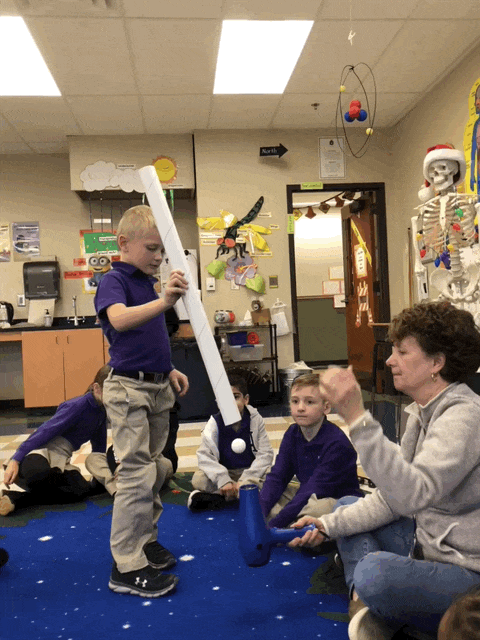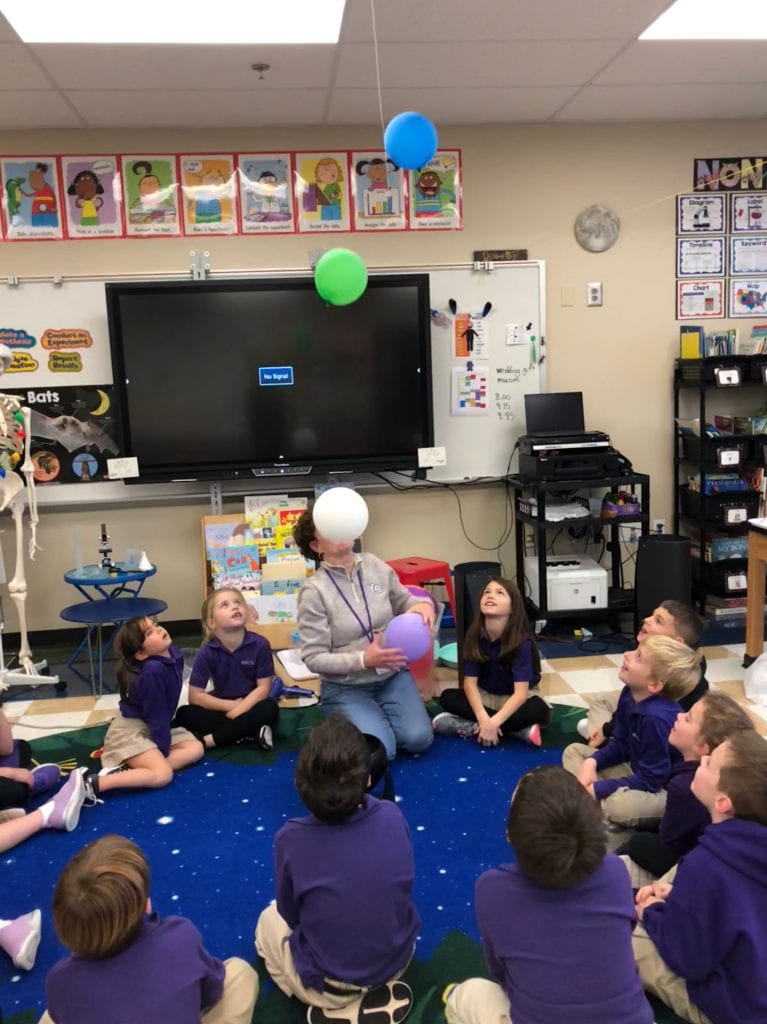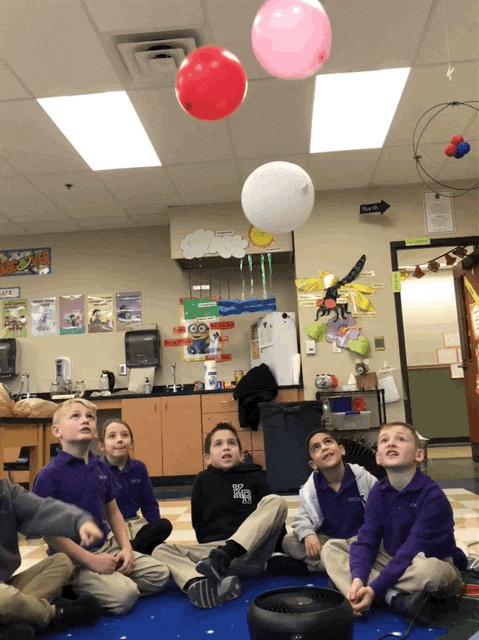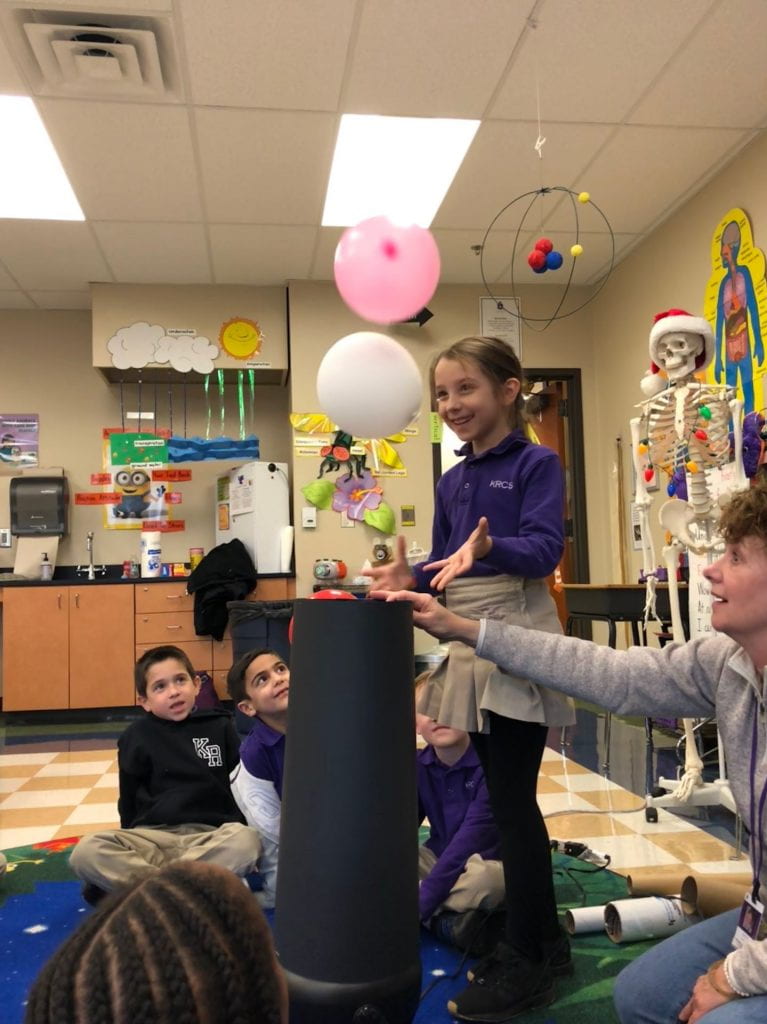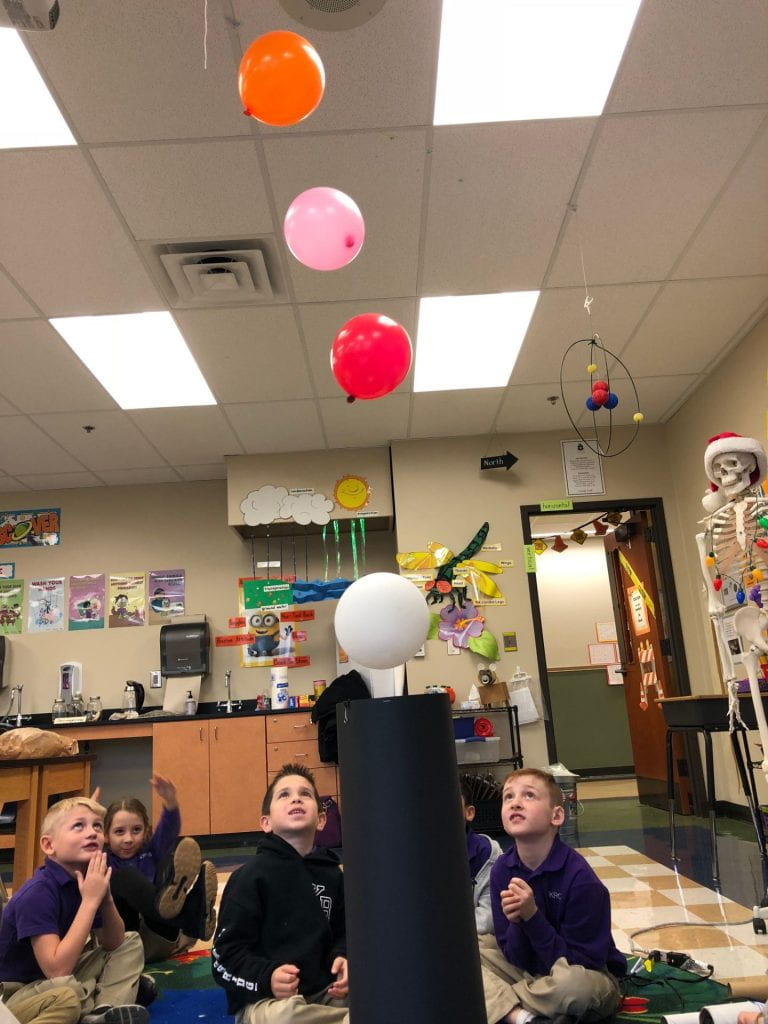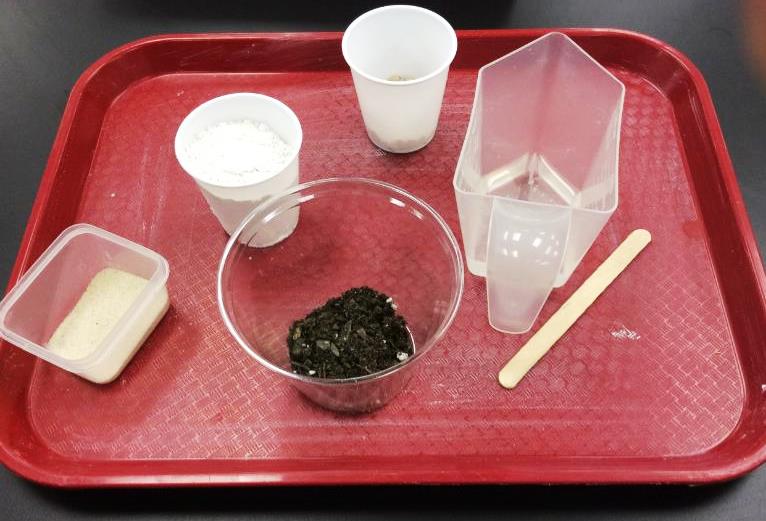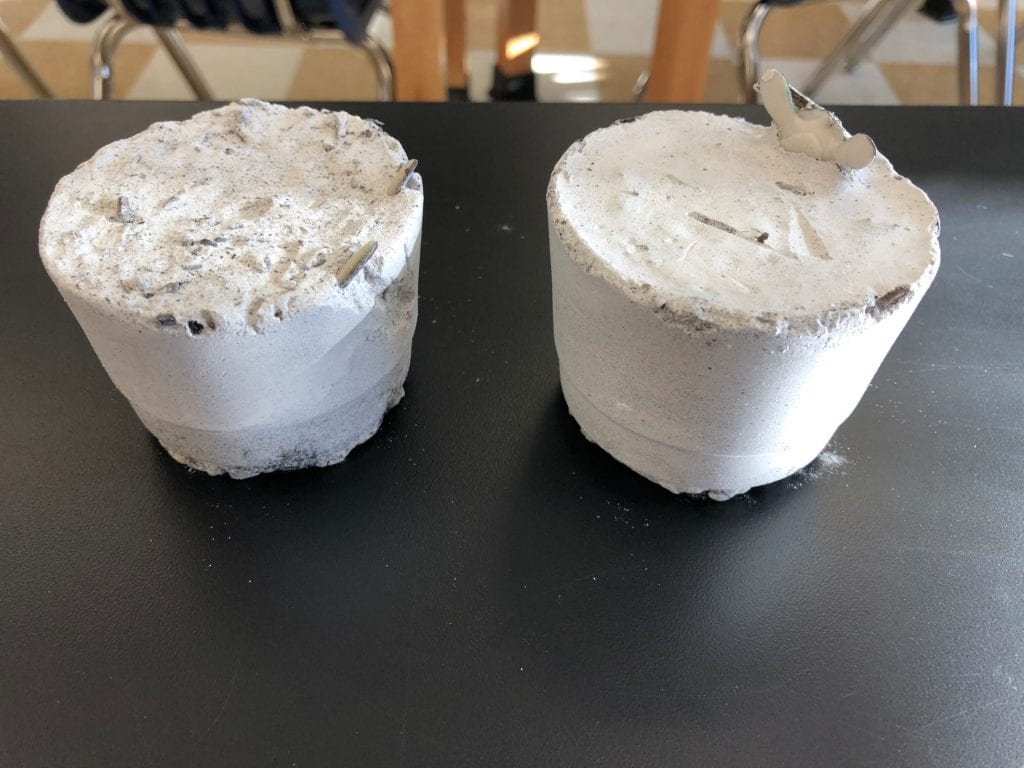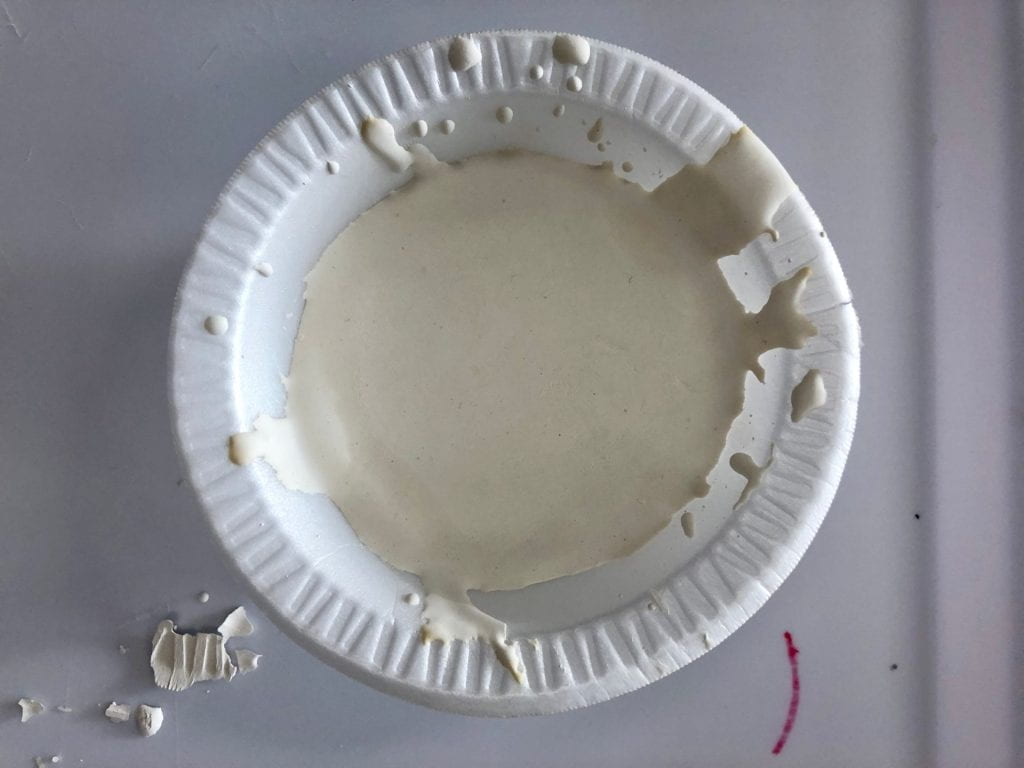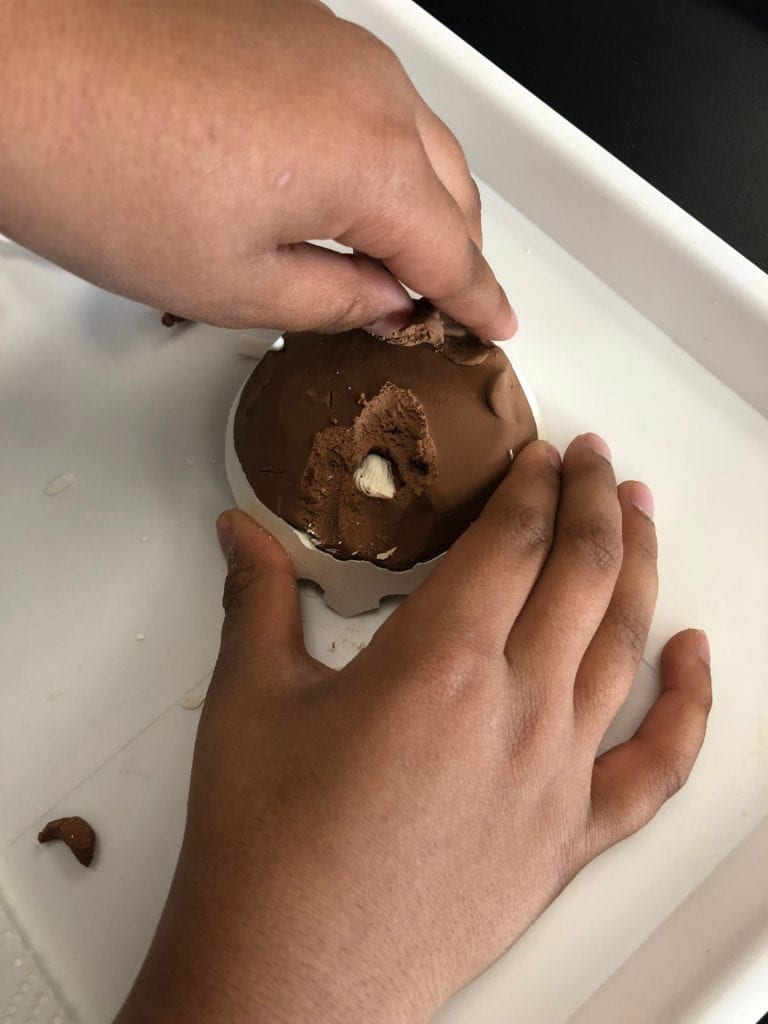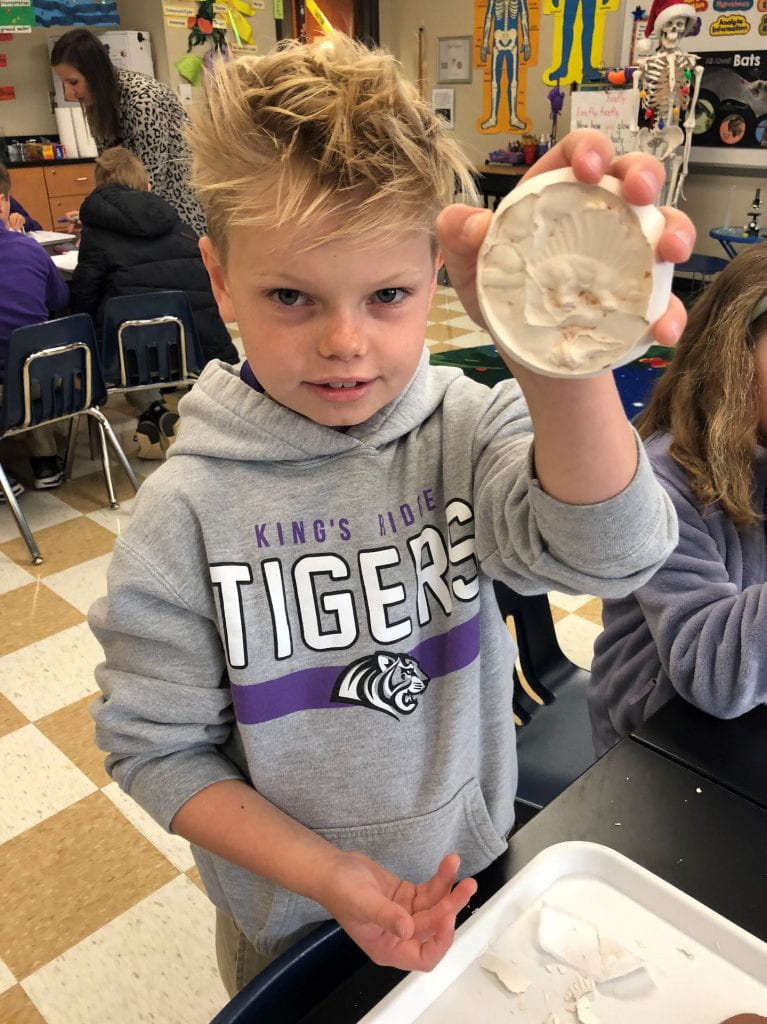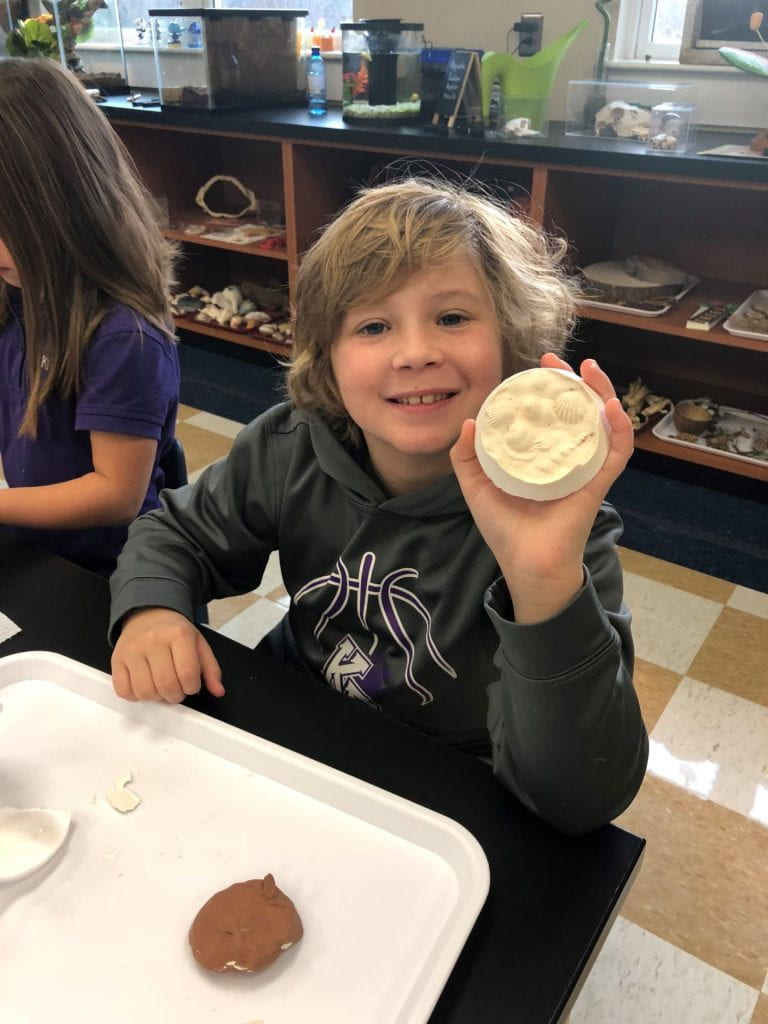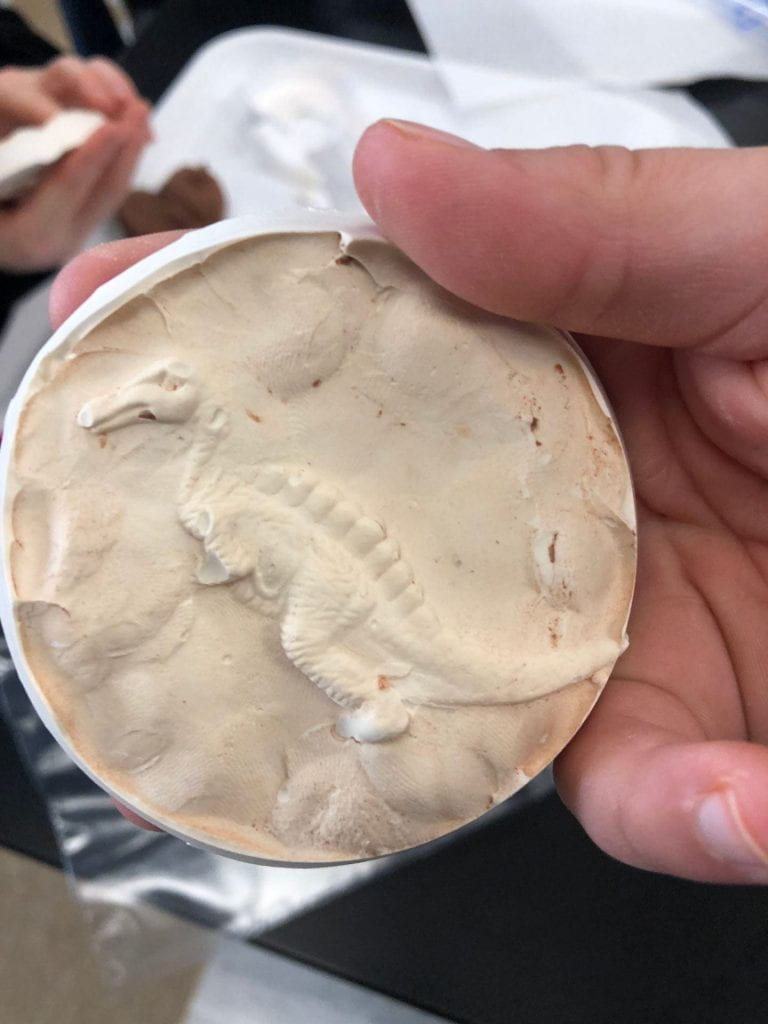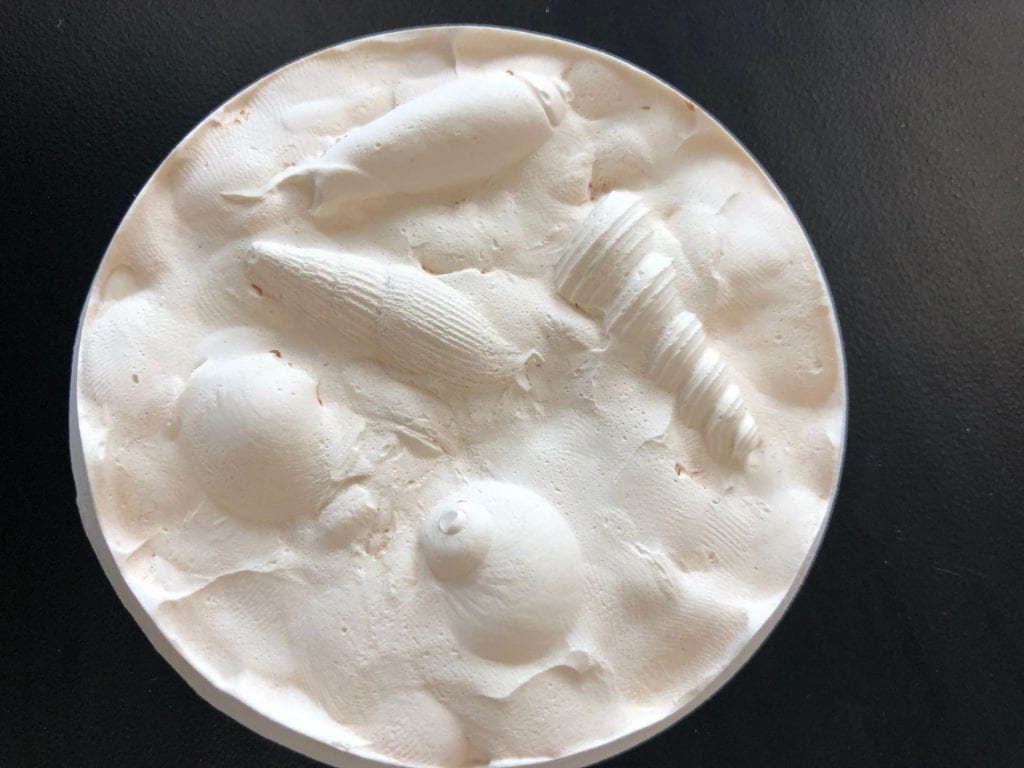Matter – Gases
First grade scientists continued their study of matter with a lab that focused on gas and air. We know a gas is in a liquid when we see bubbles. I opened carbonated beverages, and poured them into baby bottles. The nipples did not have holes inside them, so look what happened when I shook the bottles! What gas filled the nipples?
How can we prove that there is air all around us? Can we catch some of the air and fill up a plastic bag?
We also demonstrated that there is air around us with these water-filled bottles. I punched a hole in the side of each bottle before filling them. When the scientists opened the bottle top, air pushed the water out of the hole. When they closed the bottle top, the water stopped flowing.
First grade physicists also explored Bernoulli’s Principle. Look what happens when you place a ping pong ball in the flow of air created by a hair dryer! When we placed a paper cylinder above the ball, the ball went flying through. Why? Will other balls float too? If not, why? Will the ball move through a wider cylinder? Click here to learn more.
We repeated the investigation with balloons over a fan. We added a tube of poster board to funnel the air. Would a beach ball float too?
